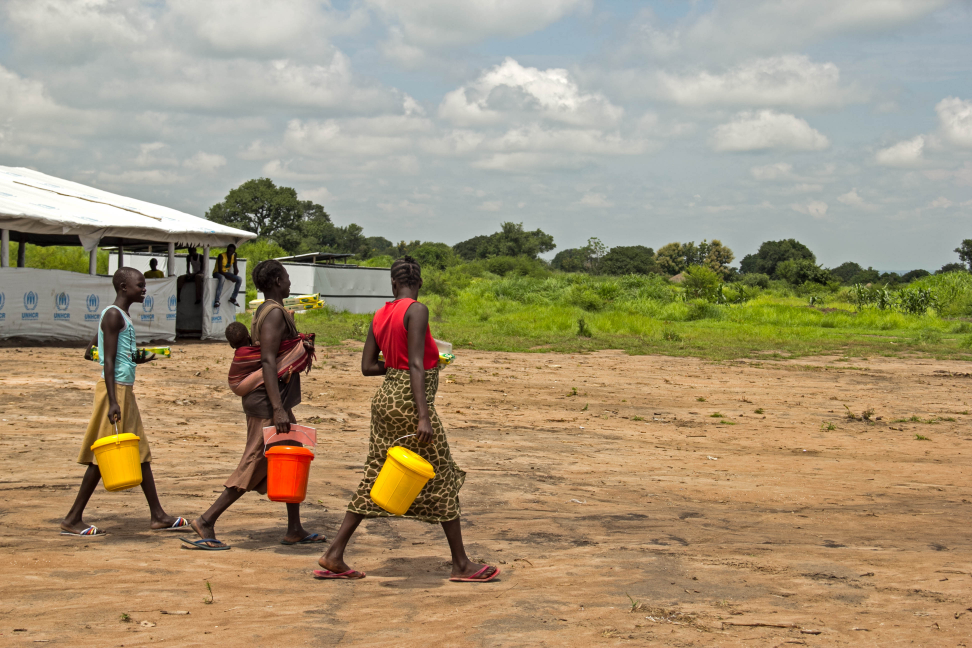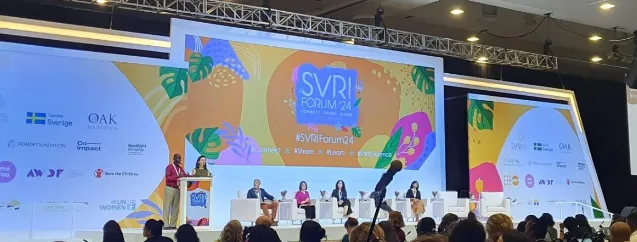Search for approval

As the project’s on-going efforts to facilitate the due approvals from the Bangladesh NGO Affairs Bureau, the CARE Team continued to meet and negotiate a way forward with the relevant Ministry and Departments. Accordingly a meeting with the Joint Secretary of Disaster Management &; Relief was held on the 6 June 2013 and CARE once again showcased the importance and relevance of the project to the vulnerable fishing communities via a collaborative and integrated approached.
At the district level, the project team met and updated the various stakeholders on progress and collectively explored means to address the delays in the decision making of the approval process at the NGO Bureau. As reported earlier, considering the significant role played by the Regional Integrated Multi-Hazard Early Warning System for Africa and Asia (RIMES) in the generation and application of early warning information with the Meteorological Department in Bangladesh, CARE initiated preliminary discussions to explore options for a tripartite collaboration. If successful these negotiations will inform the project team of possible means to strengthen integration into existing Government endorsed mechanisms.
In order to gauge the interest of the fisher community considering the delays in implementation; the project team undertook a survey to determine the status of the 50 units of the Vehicle Tracking Service (VTS) that was installed as part of a small scale pilot initiative in 2011.
The results indicated:
a) 18 fishing vessels had intact VTS in working order on their vessels
b) 22 boat owners had removed the VTS from the vessels but have them safe-guarded at home.
c) 4 units of VTS were damaged and inactive and d) 6 were unaccounted for.
In general the boat owners were still keen to utilize the VTS as they were confident that it would be detrimental to the safety of the fishermen during a disaster or pirate attack.
;

Stay updated
Sign up for our newsletter to receive regular updates on resources, news, and insights like this. Don’t miss out on important information that can help you stay informed and engaged.
Related articles



Explore Elrha
Learn more about our mission, the organisations we support, and the resources we provide to drive research and innovation in humanitarian response.